California implemented a $20 per hour minimum wage for fast-food workers on April 1, 2024. This represents a 25% increase from the previous $16 per hour.
The law affects over 500,000 fast-food workers in the state. California now has the highest minimum wage for fast-food workers in the United States.
Franchisees Adjust to Costs

Restaurant owners are cutting employee hours to manage increased labor costs. Some franchisees now work shifts themselves to reduce staffing needs.
Lawrence Cheng, a Wendy’s franchisee, reduced his afternoon shift from 12 to 7 employees. Labor costs typically account for 25-35% of a fast-food restaurant’s expenses.
Industry Shows Job Growth
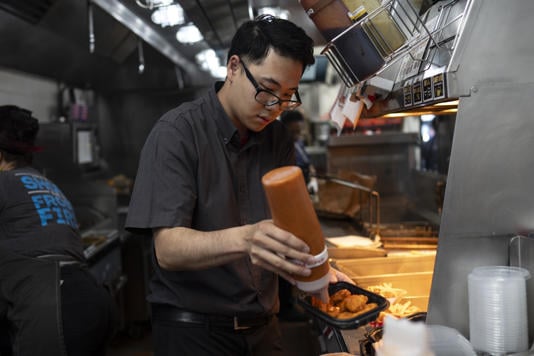
Despite wage increases, the fast-food industry gained 8,000 jobs in the first two months after the law’s implementation. This growth mirrors trends seen in previous minimum wage increases in California and New York.
A University of California, Berkeley study found that doubling the minimum wage did not lead to job losses. The fast-food industry employs about 3.8 million workers nationally.
Prices Rise, Customer Habits Change
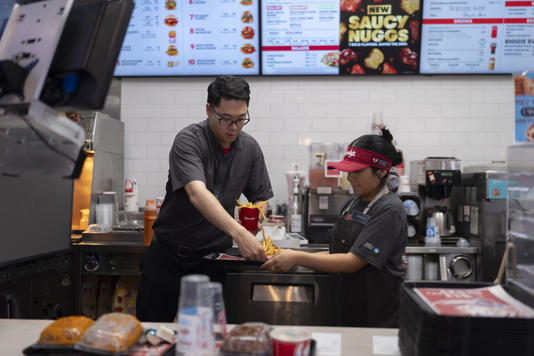
Many franchisees have raised menu prices to offset increased labor costs. Juancarlos Chacon, a Jersey Mike’s owner, increased prices by about 11%.
Some customers are reducing their orders, skipping drinks or sides. The average fast-food meal price in the U.S. increased by 6.2% in 2023.
Automation Threatens Smaller Chains
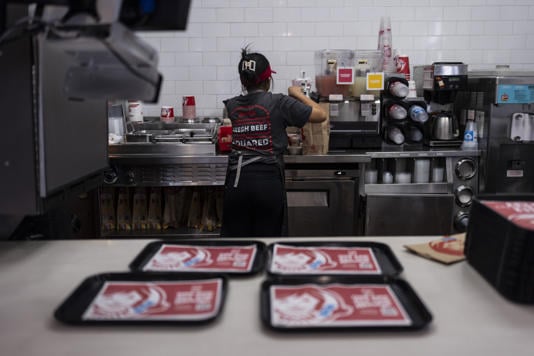
Industry experts predict larger corporations will invest in automation to reduce costs. Smaller regional chains may face closure or significant reduction in stores.
The global food automation market is expected to reach $29.4 billion by 2027. McDonald’s plans to open 10,000 new restaurants by 2027, many featuring automated ordering systems.
Workers Experience Mixed Benefits
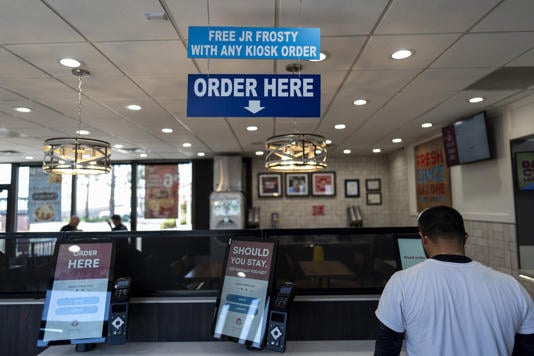
Some employees report working fewer days but appreciate the extra income. Julieta Garcia, a Pizza Hut employee, now works five days instead of six.
The average annual income for fast-food workers in California is now approximately $41,600 before taxes. Nationally, the median annual wage for fast-food workers was $25,100 in 2021.
Government Defends Wage Increase

Governor Gavin Newsom justifies the wage hike as necessary for providing a living wage. He notes that many fast-food workers are women working multiple jobs.
Women make up about 60% of fast-food workers nationally. The MIT Living Wage Calculator estimates a living wage in California for a single adult is $21.24 per hour.
Long-term Impact Remains Uncertain
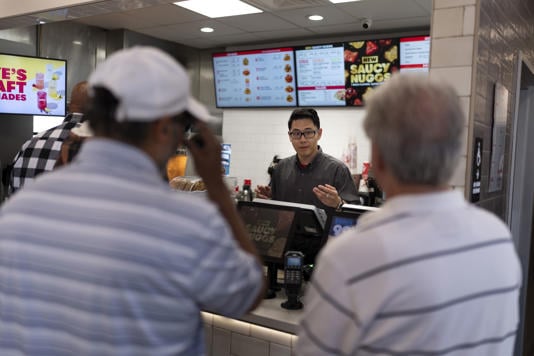
Experts say it’s too early to determine the long-term effects of the wage increase. Past wage hikes have not necessarily led to job losses.
California’s unemployment rate was 4.7% in May 2024. The state has consistently added jobs in the leisure and hospitality sector since the COVID-19 pandemic recovery.
COVID-19 Recovery Complicates Situation
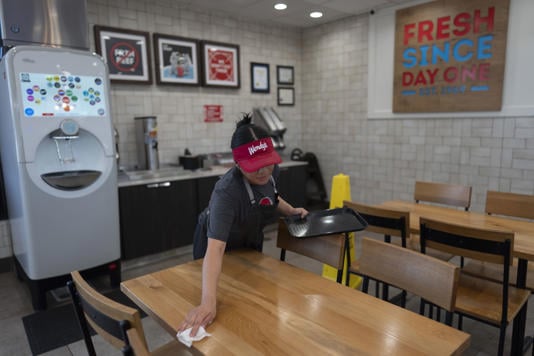
Many restaurants are still recovering from pandemic-related losses. The National Restaurant Association reports that 90,000 restaurants closed permanently due to COVID-19.
California’s restaurant industry lost an estimated $35 billion in sales during 2020. The industry employs about 1.6 million people in California.
Workers Invest Extra Earnings

Some employees report using the additional income for investments or necessary expenses. Howard Lewis, a Wendy’s worker, invested $500 in stocks with his increased pay.
The average American household has $41,600 in stocks. Only about 56% of Americans own stocks, according to a 2021 Gallup poll.


